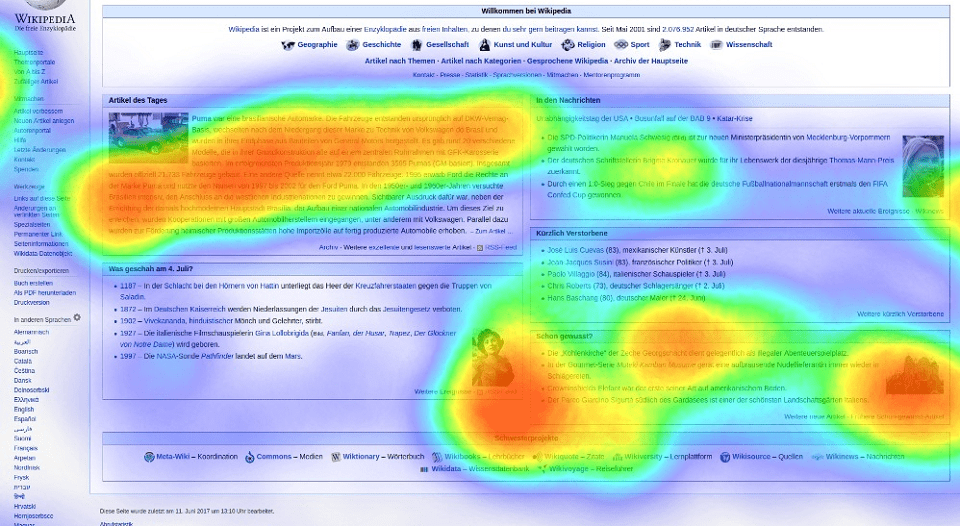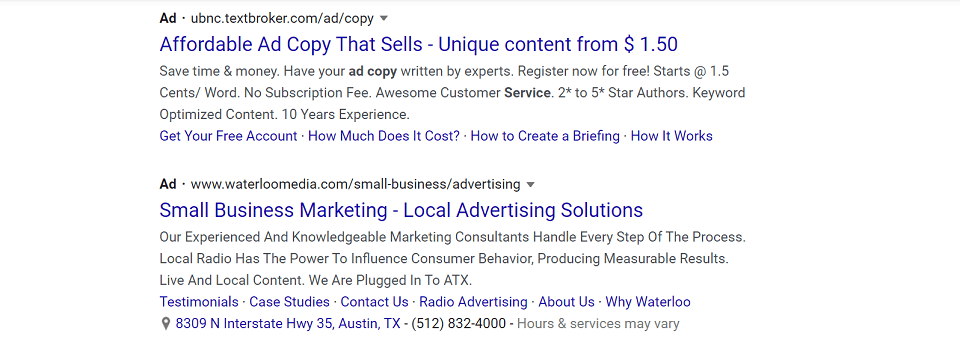Your eCommerce customers no longer rely on simple keyword searches. They ask AI tools for ideas, comparisons, alternatives, and product guidance. They expect quick clarity and credible answers.
That shift changes how your products appear, how your content ranks, and how buyers discover what you sell.
AI now shapes every part of the product discovery journey. You need a strategy that works across Google, AI Overviews, Amazon’s search ecosystem, ChatGPT, Perplexity, and every other platform your customers use.
You also need clean structured data, strong entity signals, and content that answers customer questions with precision.
This guide explains how AI changes eCommerce Search Engine Optimization (SEO), how product discoverability works today, and how your business can earn visibility across all AI-driven channels.
AI Changes How Customers Search for Products
Your customers now ask natural questions. They ask for ideas that match their goals, not just specific products.
They expect personalized suggestions and answers that reduce confusion and simplify decisions.
AI tools interpret your products through context, relevance, and trust, summarizing your value in a few words.
They decide which brands to show based on clarity, structured data, customer signals, and the strength of your entity.
You win visibility when AI can understand your product catalog without friction.
AI Tools Shift Product Discovery From “Search” to “Solutions”
Your customers once typed keywords such as “best running shoes” or “wireless earbuds.”
They now ask questions such as:
- What shoes reduce knee pain
- What earbuds work best for travel
- What products help with small apartment storage
- What gifts fit a specific budget
AI tools interpret the intent behind these questions and recommend options that satisfy that intent.
Your product needs to match these queries through structured data, clear descriptions, and content that answers real user needs.
You lose visibility when your catalog lacks context.
How AI Interprets eCommerce Products
AI tools rely on structured and unstructured signals to understand your products.
You’ll need both types to maximize discoverability.
Structured data signals
Structured data gives AI clean and verified product information, including:
- Product name
- Brand
- Category
- Features
- Variants
- Price
- Availability
- Reviews
- Images
- Attributes
- Specs
Schemas such as Product, Offer, Review, and ItemList help AI figure out what your product is, who it is for, and how it compares to alternatives.
Structured data improves visibility in Answer Engine Optimization (AEO, which ranks you in AI-based search features) and Generative Engine Optimization (GEO, which positions you to show up in LLMs) because AI models trust well-defined information.
Unstructured content signals
Your product pages need:
- Clear descriptions
- Buyer intent language
- Feature explanations
- Use case examples
- Benefits
- Comparisons
- FAQs
AI tools summarize this information in their answers. You lose visibility when your content lacks detail or clarity.
Entity signals
Your brand must have:
- Consistent product names
- Consistent category placement
- Strong internal linking
- Verified information across platforms
AI tracks your brand as an entity, and strong entities earn more visibility inside AI answers.
The New Rules of eCommerce SEO in the AI Era
AI-driven search changes the rules of eCommerce SEO.
You need a strategy that reflects how AI interprets products and evaluates quality.
Rule 1: Context beats keywords
Your product needs context. AI tools look for meaning and relevance.
Clear explanations will help AI match your products to real-world problems.
Your descriptions need detail that supports intent-based queries.
Rule 2: Structured data drives trust
AI relies on structured data to confirm product facts.
Clean markup will give you an advantage across all AI-driven channels.
You can improve discoverability every time you add accurate schema.
Rule 3: Product experiences matter
AI tools read:
- Reviews
- Photos
- Customer feedback
- Q&A sections
These signals act as real-world proof. Be sure you have fresh and detailed reviews, which will help you improve visibility.
Rule 4: Strong categories improve rankings
AI tools treat categories as context signals.
You will boost your relevance to AI searches when your category structure is logical, descriptive, and consistent.
Rule 5: GEO and AEO shape early discovery
Your customers start their journey inside:
- AI Overviews
- ChatGPT
- Perplexity
- Social discovery tools
- Amazon’s algorithm
You need content that supports answers, not just product visibility.
How AI Tools Evaluate Product Quality
AI evaluates quality through the signals below.
1. Clarity of information
Your product page should answer:
- What it is
- Who it is for
- What problem it solves
- How it works
- What makes it different
AI promotes products that answer these questions directly.
2. Review depth and volume
AI scans reviews with the following factors in mind:
- Sentiment
- Specificity
- Recency
- Common themes
You will have better visibility when customers share real experiences that help others make informed decisions.
3. Visual detail
AI reads image context and metadata when available.
You’ll gain authority when your images show real features, scale, and use cases.
4. Pricing consistency
AI punishes conflicting pricing across platforms.
Your catalog must stay consistent across all channels. Same product, same price.
5. Customer engagement signals
AI observes:
- Click-through behavior
- Time on page
- Return visits
- Wish lists
- Saves
You can earn better visibility when customers interact with your products meaningfully.
How GEO Changes eCommerce Product Discoverability
GEO focuses on how generative engines interpret your products, offering fresh new opportunities outside Google.
Your products can appear in:
- ChatGPT recommendations
- Perplexity shopping responses
- Claude product suggestions
- Gemini summaries
You need your product pages to be as clear as possible, because AI models summarize information.
Be sure to also create and publish content clusters that help buyers understand categories.
You will earn more GEO visibility when your product content helps customers solve problems.
How AEO Changes eCommerce Search on Google
AEO focuses on answer-driven visibility inside Google’s AI features. Your products can appear in:
- AI Overviews
- People Also Ask expansions
- Featured insights
- Knowledge fragments
- Voice search results
To position yourself successfully for AEO, you need supporting content that answers product questions in direct language, as well as strong schema to reinforce your information.
How to Strengthen Product Discoverability in the AI Era
Your eCommerce strategy can be easily adjusted to align with AI-driven search and discoverability.
Action 1: Update all product descriptions with intent-based content
Your descriptions must explain:
- Benefits
- Use cases
- Problems solved
- Alternatives
- Practical scenarios
AI chooses your products more often when your content feels complete.
Action 2: Add full Product schema across your catalog
You need markup for:
- Product
- Review
- Offer
- Image
- ItemList
Structured data improves accuracy across both AEO and GEO.
Action 3: Expand category pages into discovery hubs
Your category pages should include:
- Guides
- Comparisons
- FAQs
- Buyer advice
- Use case breakdowns
AI tools treat category hubs as trusted sources.
Action 4: Strengthen your brand entity across platforms
Make sure you have all of the following aligned across the board:
- Consistent product names
- Unified attributes
- Accurate pricing
- Matching information across marketplaces
AI trusts brands with consistent signals, so feed them what they want and need if you want to boost visibility.
Try to position yourself for a steady review flow, and provide responses that reinforce clarity.
You will boost your chances of AI visibility when your brand shows real customer interaction.
Action 6: Add supporting content for AEO and GEO
Prioritize creating content that answers common questions, things like:
- How-to guides
- Comparison content
- Sizing advice
- Material deep dives
- Troubleshooting tips
AI pulls these answers into summaries, and the more in depth you can provide for those platforms, the better you will benefit from them.
Future Trends in eCommerce SEO
AI will continue to transform product discovery, so be sure to prepare for the next phase.
Here are some shifts you should be aware of in the coming months and years.
AI will curate shopping journeys
Customers will follow AI-guided paths from research to purchase.
Your visibility will depend on exactly how clear your content is at every stage of the buyer’s journey.
Structured data will grow in importance
AI tools will rely more and more heavily on clean product signals as their learned knowledge expands.
You can gain a long-term edge when your catalog includes complete structured data starting now.
GEO will become a major shopping channel
Generative engines will play a bigger role in recommendations. You need content that explains your products with a great deal of depth.
Customer experience signals will influence rankings
AI will use customer behavior to measure satisfaction.
The customer experience on any ecommerce website is of utmost importance, and this adds yet another reason to optimize it as much as humanly possible.
It can literally make or break your upside on AI search and LLMs, so be sure it’s very customer friendly.
Conclusion
AI changes how customers discover products.
You need an eCommerce SEO strategy that blends strong structured data, clear content, robust category architecture, and consistent brand signals.
AEO and GEO both shape visibility across AI-driven channels.
You stand to win more sales when AI systems understand your products and trust your brand.
Want to Learn More about Modern SEO/AEO/GEO?
Pick up my book on Amazon as pictured here. This spells out all of the high lievel differences a well as a path forward for teams to embrace AI-based search and LLM visibility.
Frequently Asked Questions (FAQ) About AI and eCommerce
Tommy Landry
Latest posts by Tommy Landry (see all)
- How AI Is Changing eCommerce SEO and Product Discoverability - November 20, 2025
- Social Signals and SEO: Why Engagement Still Matters in the AI Era - November 18, 2025
- SEO for Wineries: How to Attract Visitors and Boost Wine Sales - November 11, 2025






